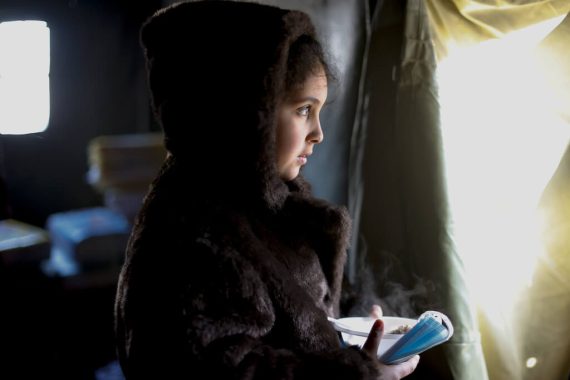With hundreds of thousands of refugees trying to enter Europe since 2015, a common European Union policy on refugees has become an undeniable necessity. However, the EU has failed in dealing with the refugee crisis particularly in terms of carrying the burden equally among all member states. The crisis continues to this day and is dividing Europe above all other issues.
As no solution has been found by the EU countries, the crisis leaves thousands of refugees trapped at borders. The most recent example is the ongoing humanitarian catastrophe at the border between Belarus and Poland, where thousands of refugees are waiting to cross into Europe.
In recent years, it has become more and more difficult to enter Europe through Italy and Greece, and refugees have been searching for alternative routes into Europe. Poland, a member of the European Union, has become the new doorway to the EU, a route to build a better future.
Refugees are using this comparatively new migration route by way of Belarus. Refugees sell all their property in their home countries in order to afford the journey expenses to the Belarus border, while others are allegedly encouraged by the government of Belarus and given tourist visas and plane tickets to Minsk. As a result, in the last few months, nearly 2,000 refugees, mostly from Syria, Iraq, Iran, and Afghanistan, have been trapped between Belarus and Poland.
Desperate refugees have tried to breach the Polish border with Belarus, and Polish troops have used water cannons and tear gas to stop them. Meanwhile, Poland has significantly increased its border security. Even though some managed to make it into Europe, most refugees tried to survive in these dire conditions until November 17, 2021, when they were moved into a refugee camp provided by the Belarusian government at the Kuznica-Bruzgi border crossing, only a kilometer from Poland.
The conditions in the shelters are very harsh with limited access to water, food, and medicine. The weather is freezing: below -10 degrees Celsius. There is no social distancing in light of the COVID19 pandemic and people claim to get one meal a day. Toilets and showers are housed separately from the shelters, and around 1,200 refugees live and sleep on blankets. Some have even lost their lives in these freezing conditions. At the same time, since Poland has strengthened its border fence, it seems nearly impossible to enter Europe.
Meanwhile, as the weather conditions get worse and humanitarian aid is absent, the Belarusian government is trying to convince migrants to return to their home countries, which are probably just as dangerous as the borders. In fact, some have already voluntarily or involuntarily returned while around 1,200 individuals continue to experience the harsh winter conditions and put their life at stake.
While the desperate migrants are trying to survive, political games are being played by the concerned countries. On the one hand, Alexander Lukashenko, the president of Belarus, is criticized for using migrants to blackmail Europe by encouraging them to enter Europe as a response to sanctions imposed on Belarus by the EU – a charge Lukashenko denies.
The EU plans additional sanctions on Belarus in retaliation for the migrant crisis and along with Poland
On the other hand, the EU plans additional sanctions on Belarus in retaliation for the migrant crisis and along with Poland, the EU securitizes and dehumanizes migrants by depicting them as a force of evil faced by Poland, depicted as a hero for its role in protecting the EU borders.
Recommended
Yet another political game is being played between Russia and the EU via Belarus. While Russia supports Belarus in the migrant crisis, it denies the involvement of Belarus in the migration cirsis and blames European countries for imposing sanctions on Belarus.
Even though by inviting migrants to enter the EU, Belarus is using them as a political tool, these desperate people flee their countries not because of Lukashenko’s invitation but because they have no other option. If they did not flee to Belarus, they would flee somewhere else. Rather than focusing on the humanitarian crises and on possible solutions, countries are blaming one another for political gains while the EU continues not to accept migrants.
At this very moment, there is a humanitarian catastrophe unfolding at the EU border and a critical question remains unanswered: what is going to happen to the migrants on the Belarus and Poland border? What will happen to them if they refuse to return to their home countries?

VIDEO: One on One – Belarusian President Alexander Lukashenko





